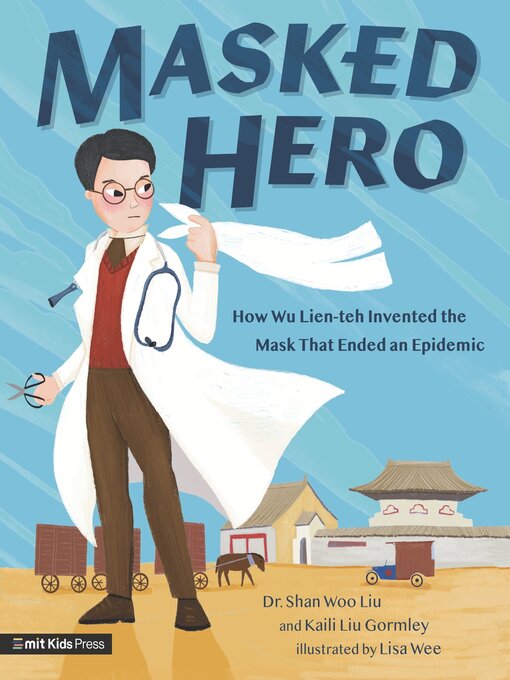Meet Dr. Wu Lien-teh, defeater of the Manchurian plague—in a story authored by his great-granddaughter, an emergency physician who relied on his life-saving invention during a pandemic a century later.
More than a hundred years before Covid, a deadly pneumonic plague threatened to sweep through Northeast China. Medical experts were summoned to help contain it—among them Wu Lien-teh, who had overcome hurdles to be a doctor since his boyhood in Malaysia. Unlike others, Dr. Wu deduced the disease was spread through airborne bacteria and advocated for quarantines and other measures familiar to readers today, including the use of a face covering he designed from layers of cloth and gauze: the first version of the N95 mask.
Wu Lien-teh faced ridicule and discrimination, but his trailblazing methods prevailed: the 1910 Manchurian plague was vanquished in four months, and his invention continues to keep us safe now. Masked Hero, written by Dr. Wu Lien-teh's great-granddaughter Shan Woo Liu and charmingly illustrated by Lisa Wee, celebrates the little-known history of the N95 mask and the hero who first devised it. Back matter, including an author's note and a time line, sheds further light on the ever-relevant past, encouraging budding scientists to think bravely—and remember the small acts we all can perform to keep our communities safe.
- Available now
- New eBook additions
- New kids and teen additions
- Most popular
- Try something different
- See all ebooks collections
- New audiobook additions
- Available now
- New kids and teen additions
- Most popular
- Try something different
- See all audiobooks collections
- Popular Magazines
- Just Added
- Food & Wine
- Fashion
- Health & Fitness
- Home & Garden
- News & Politics
- See all magazines collections



